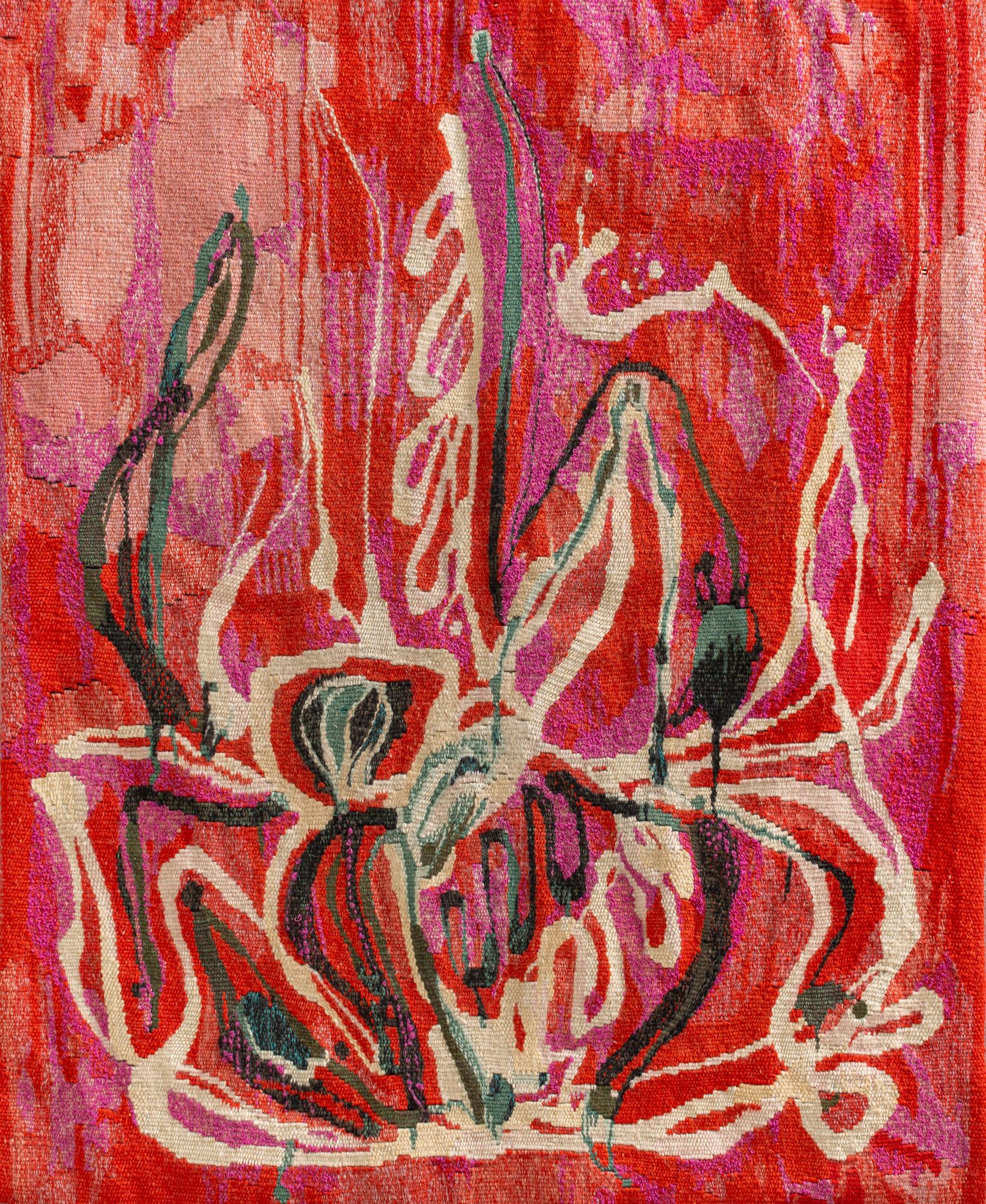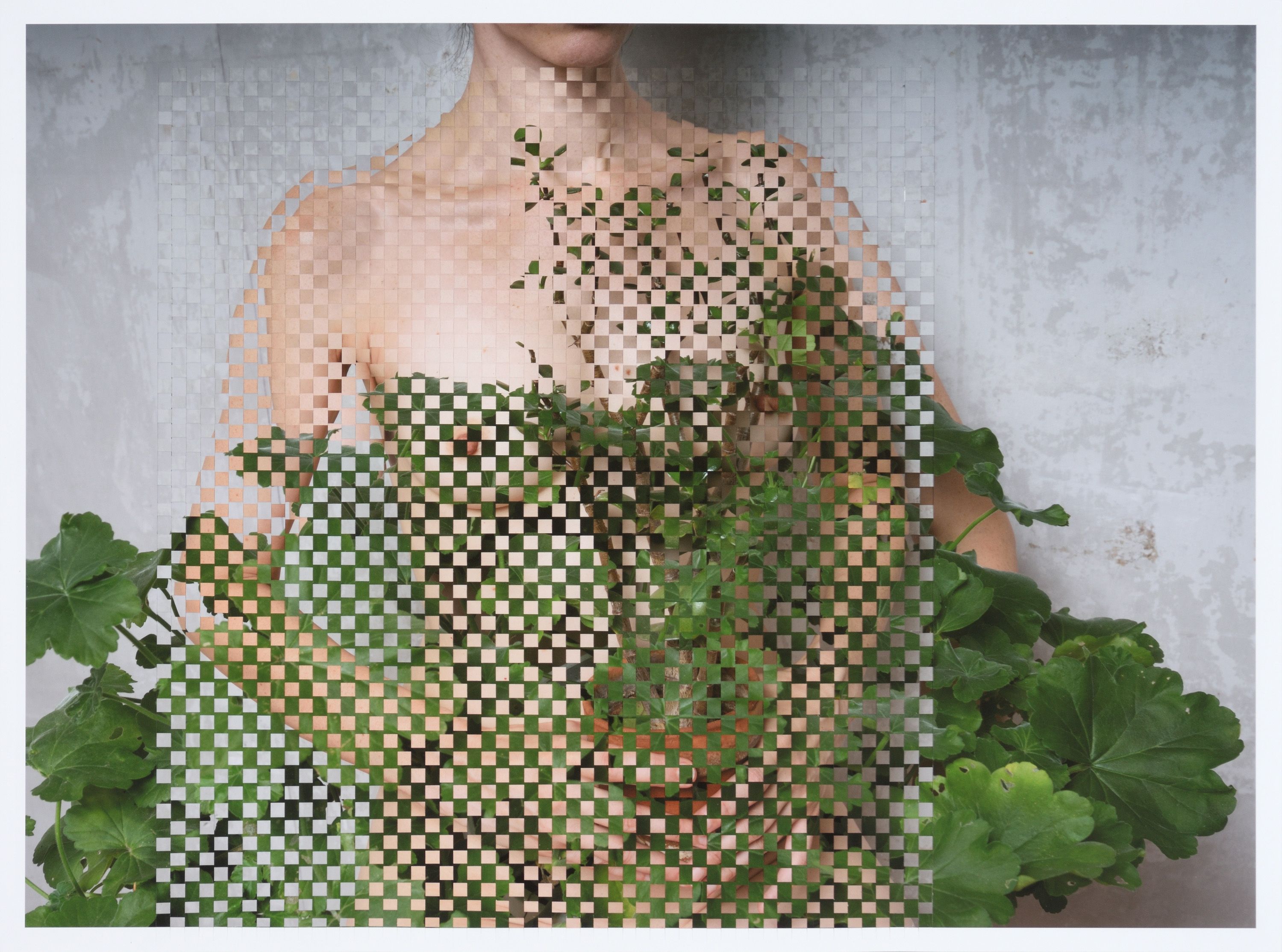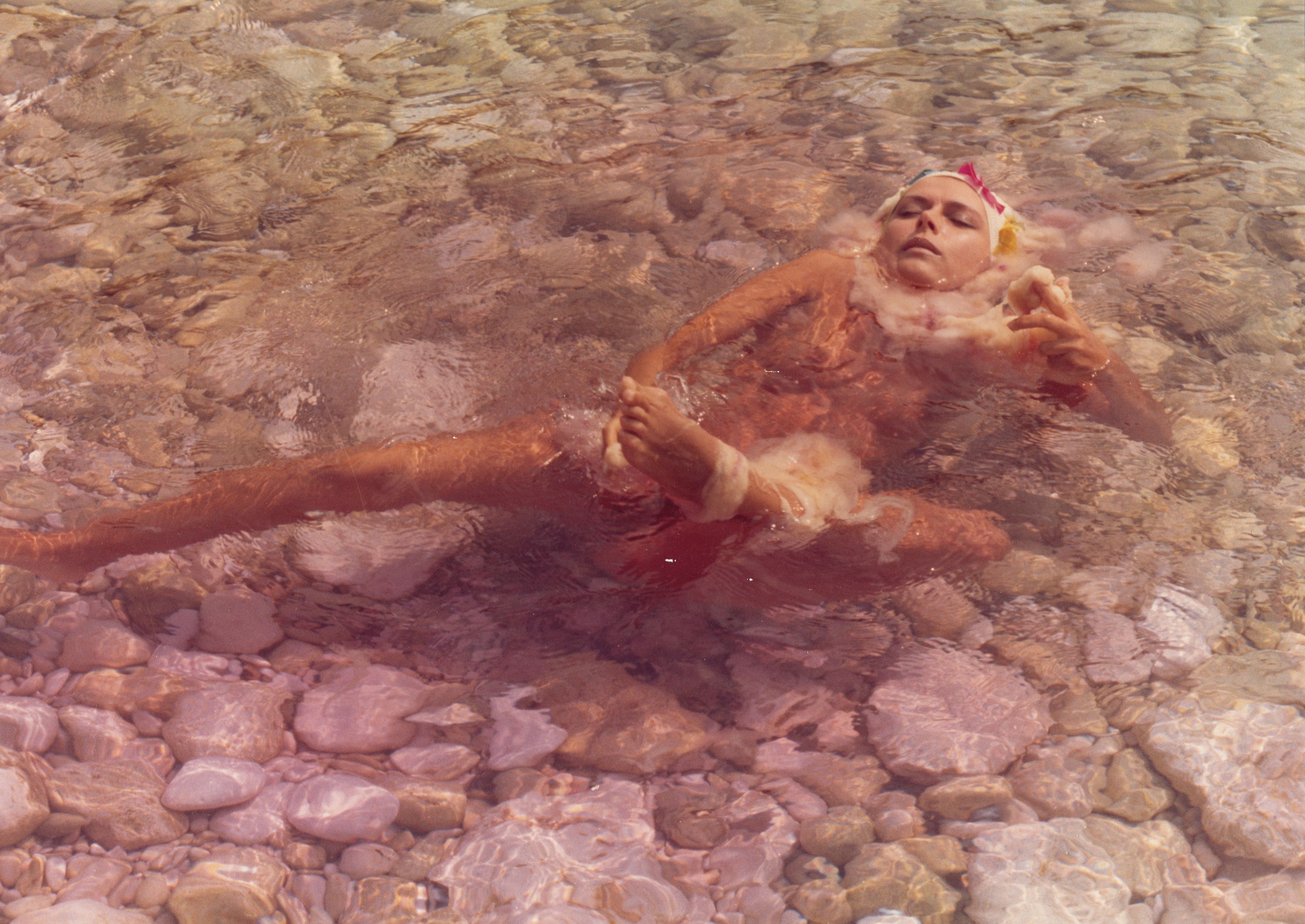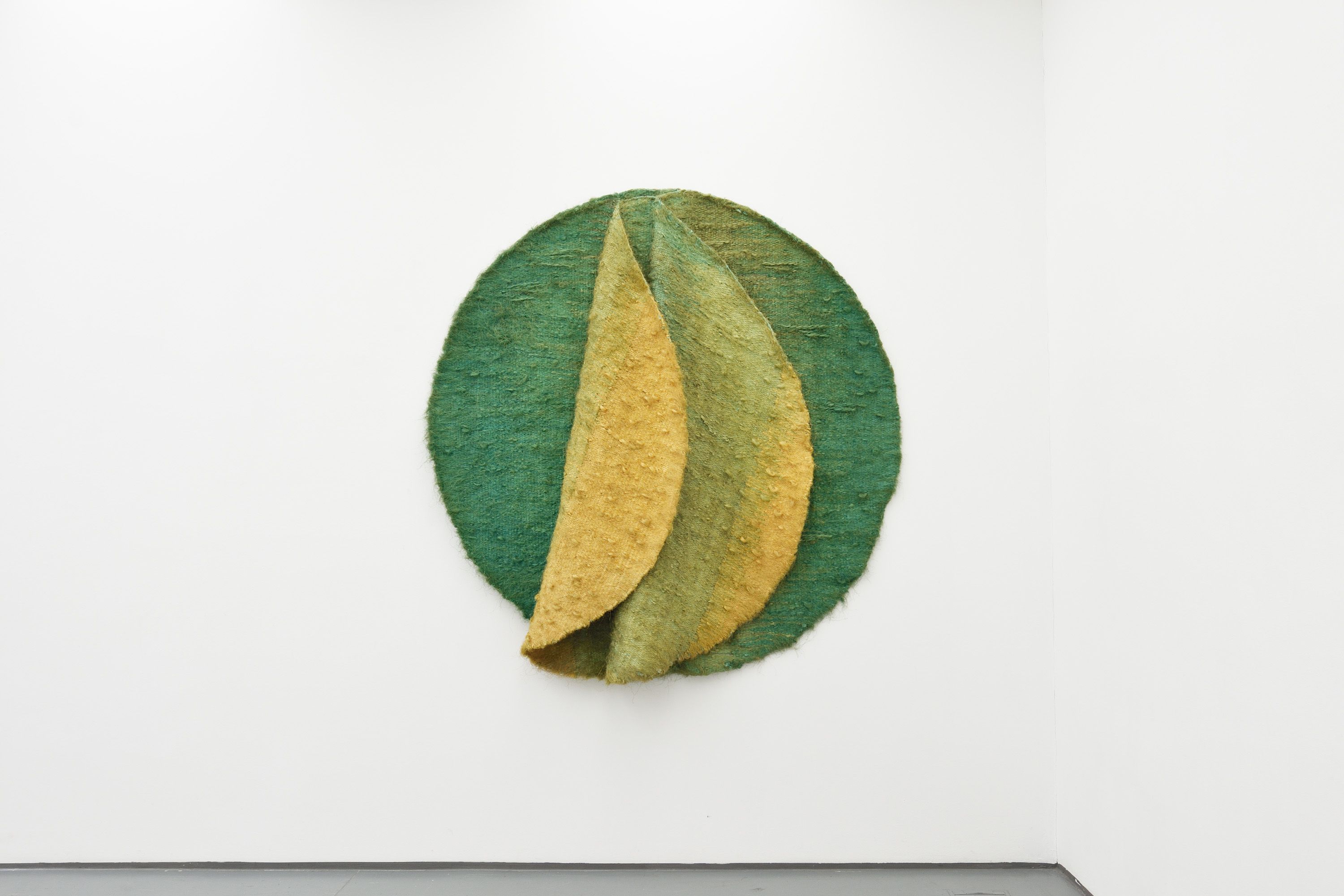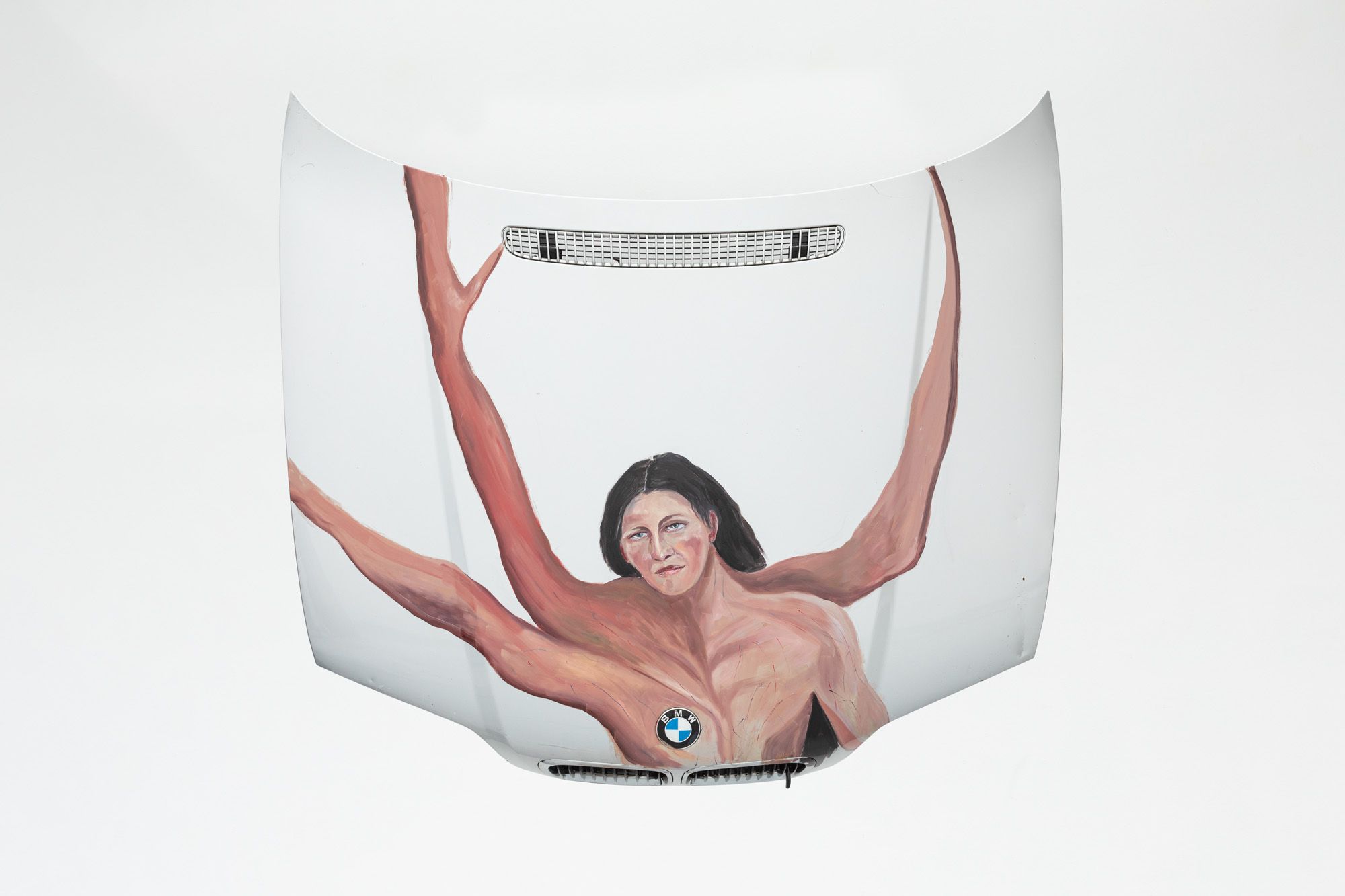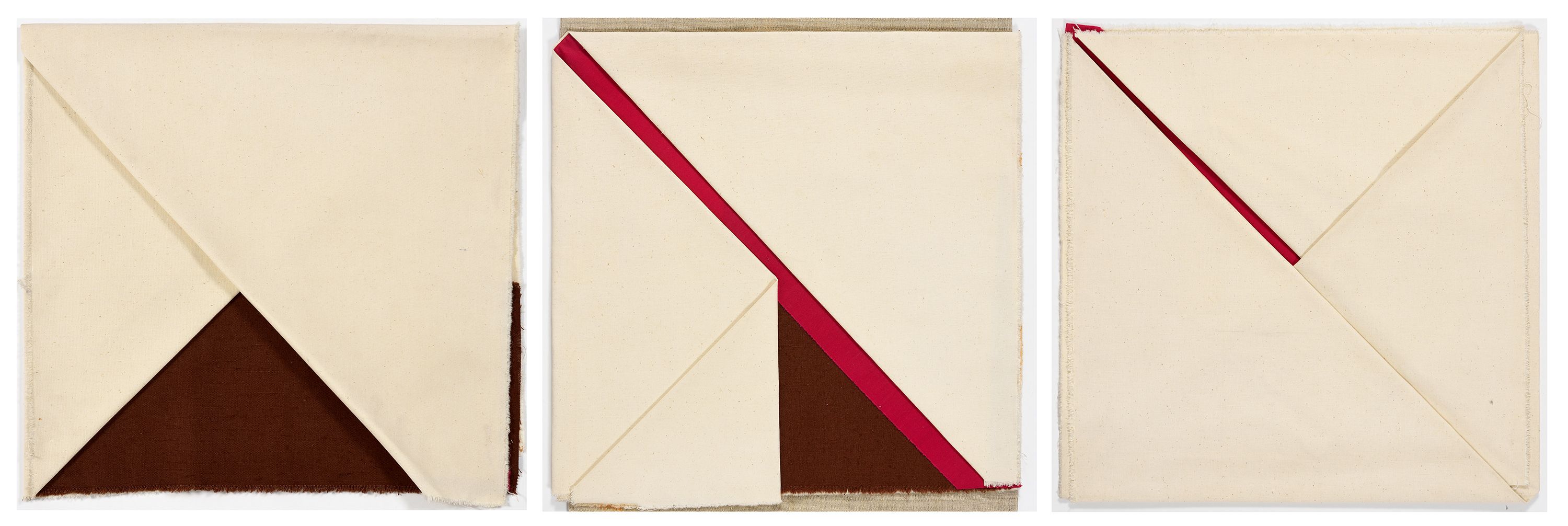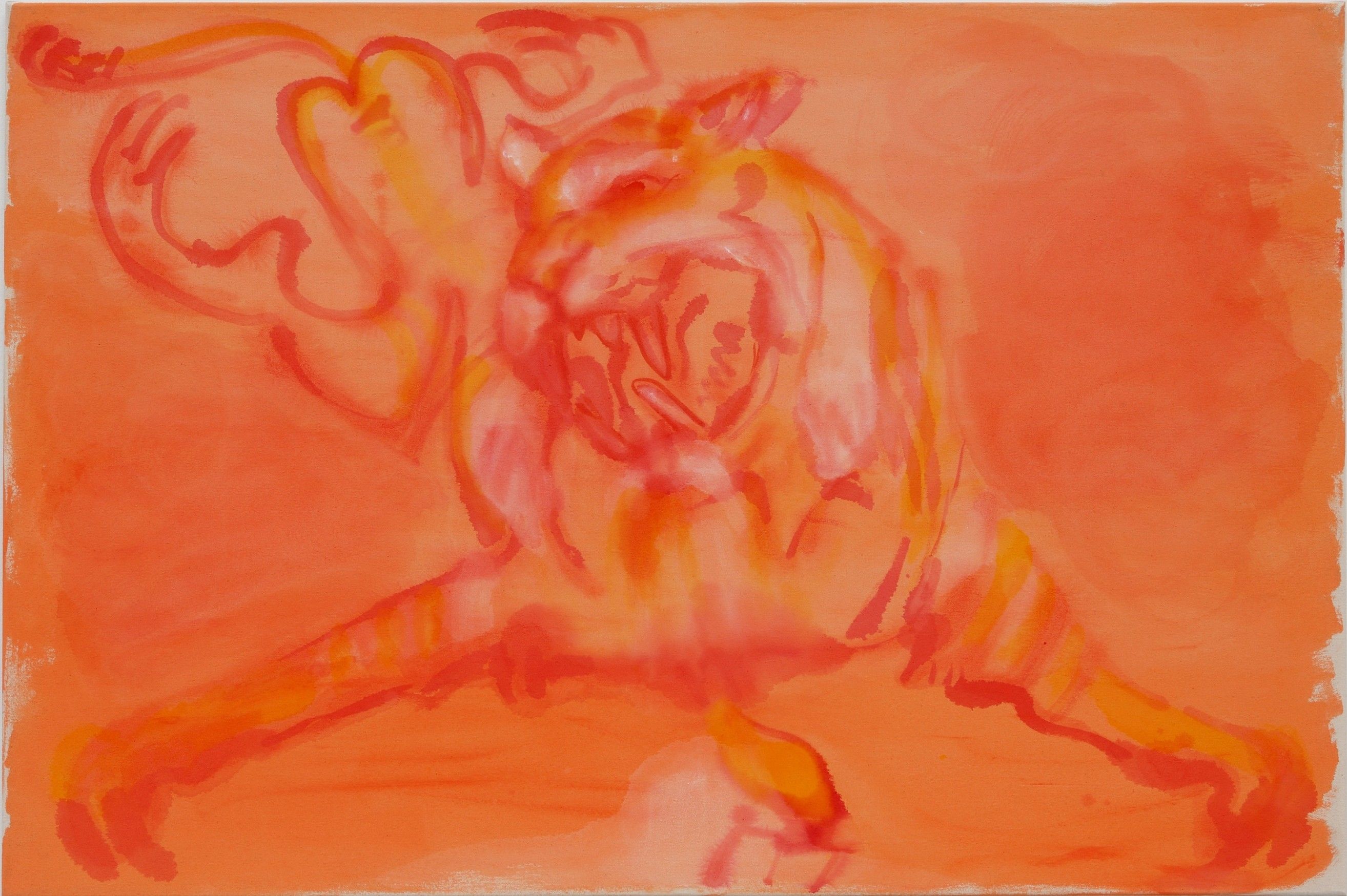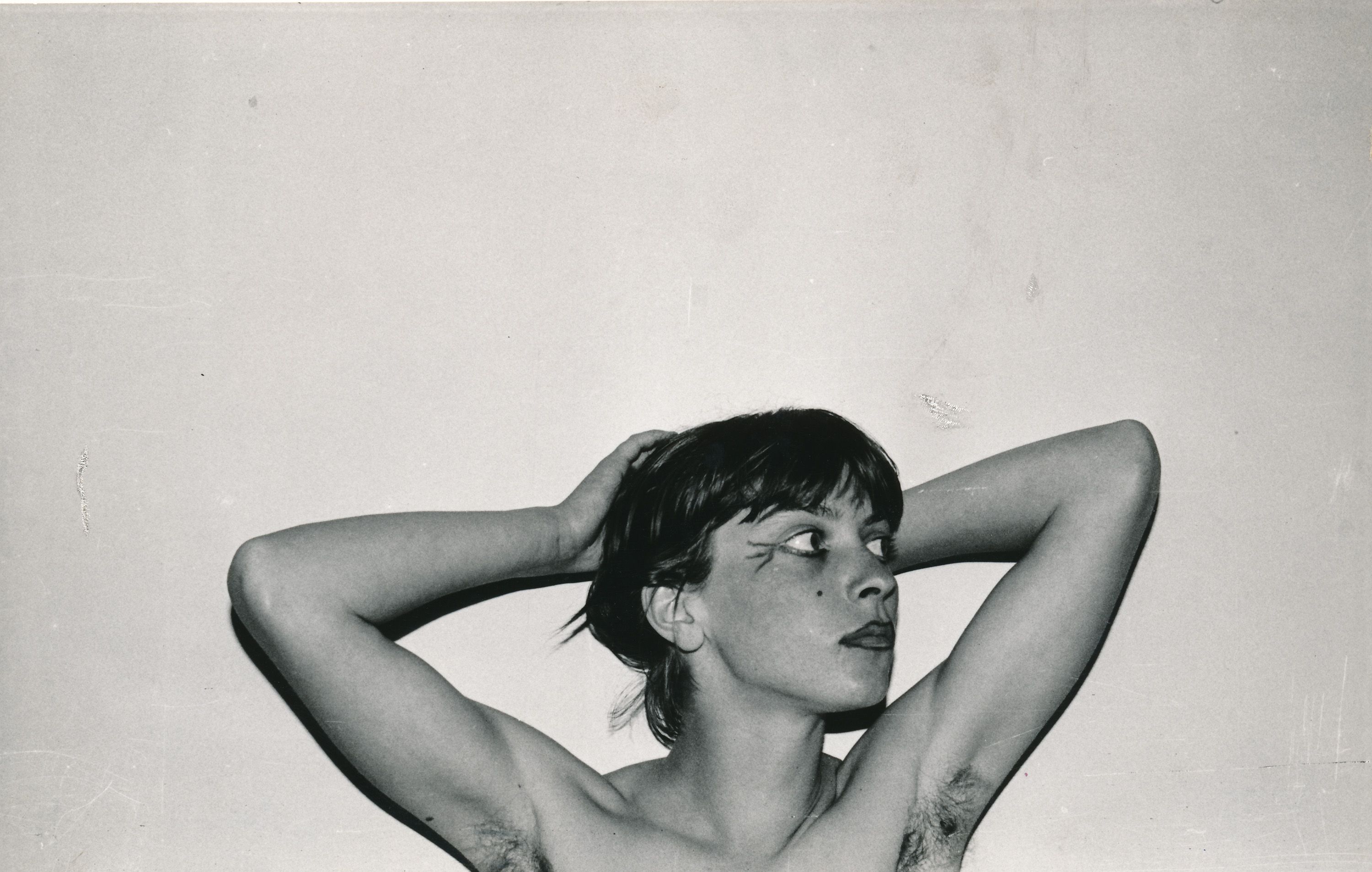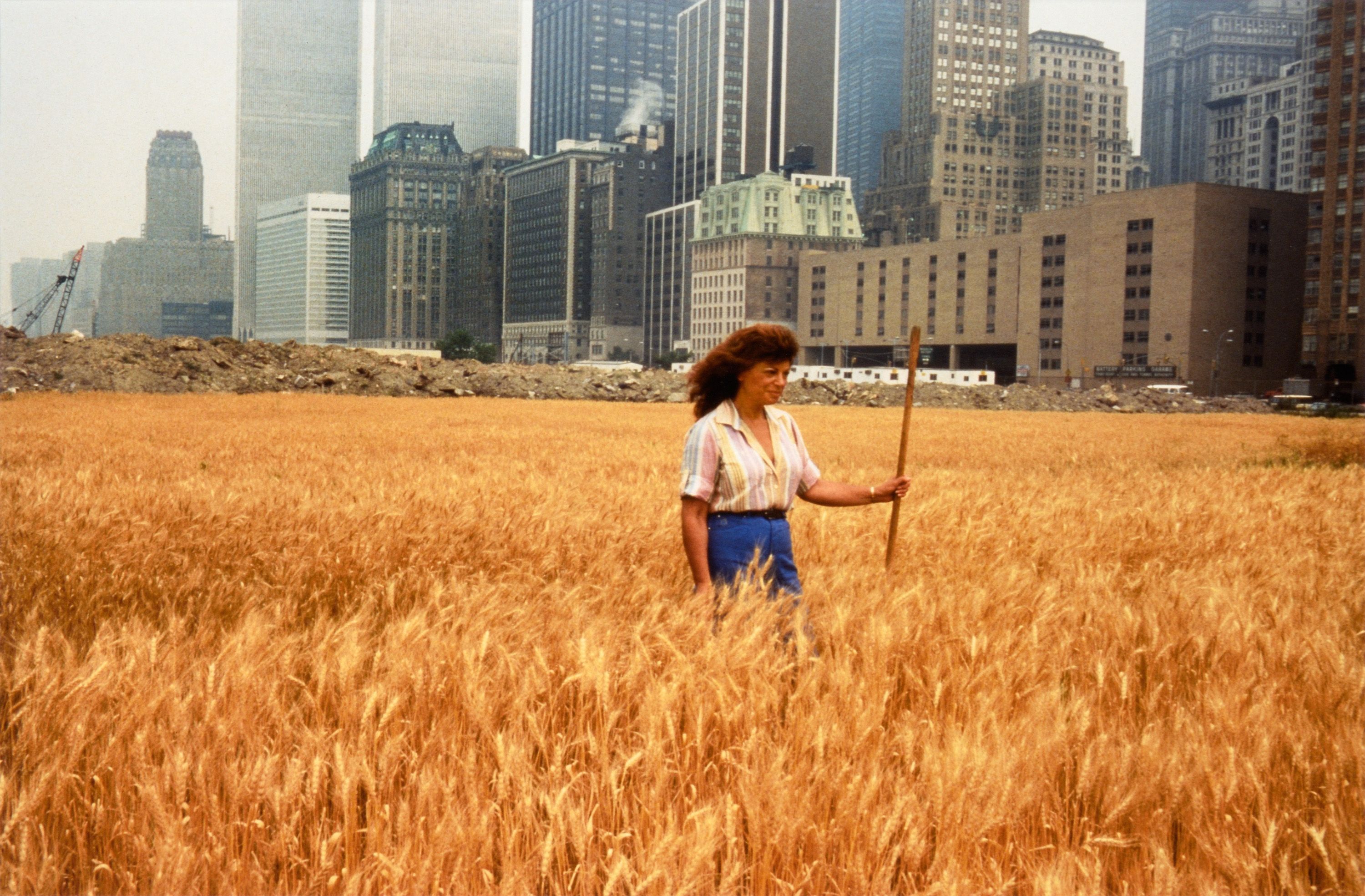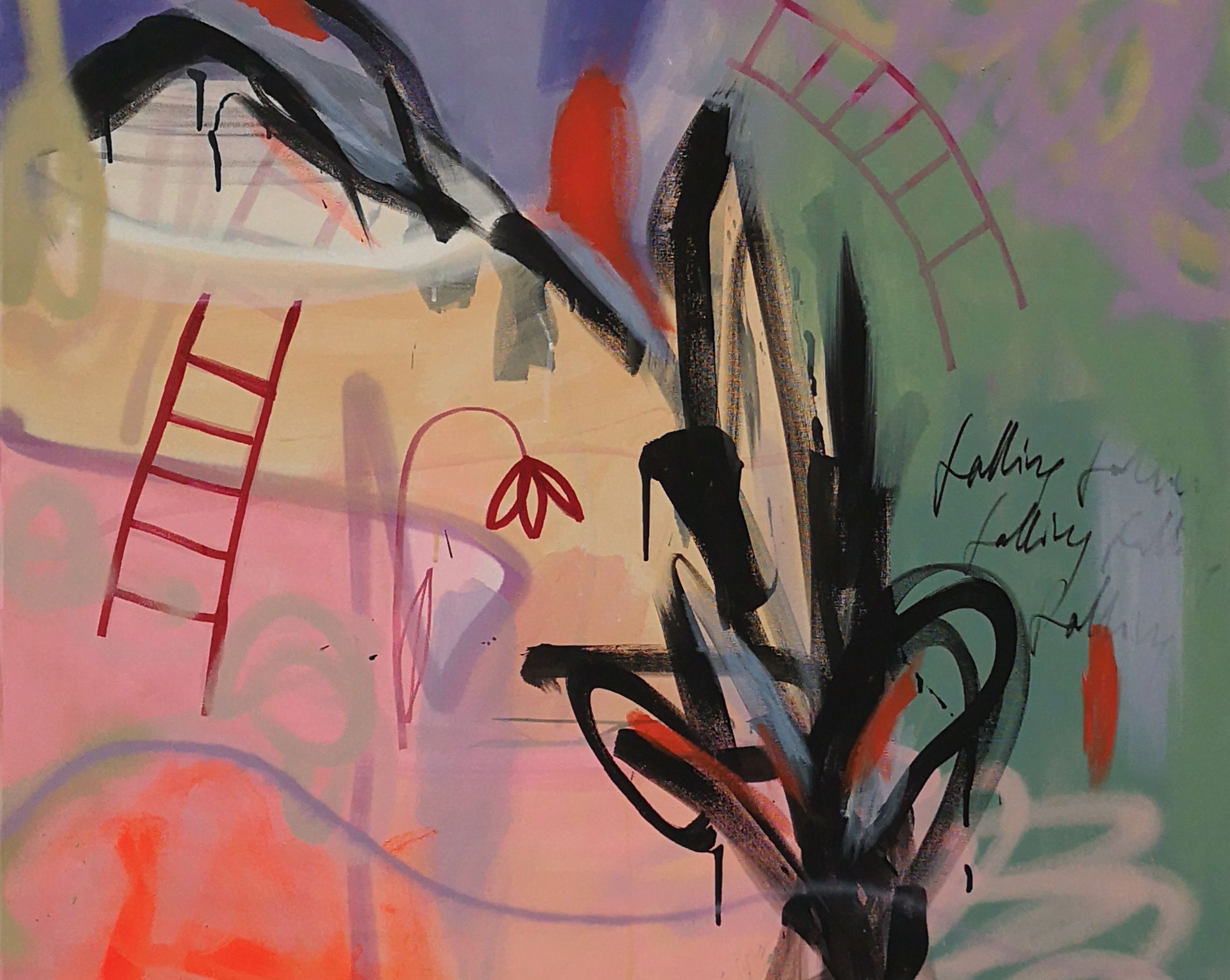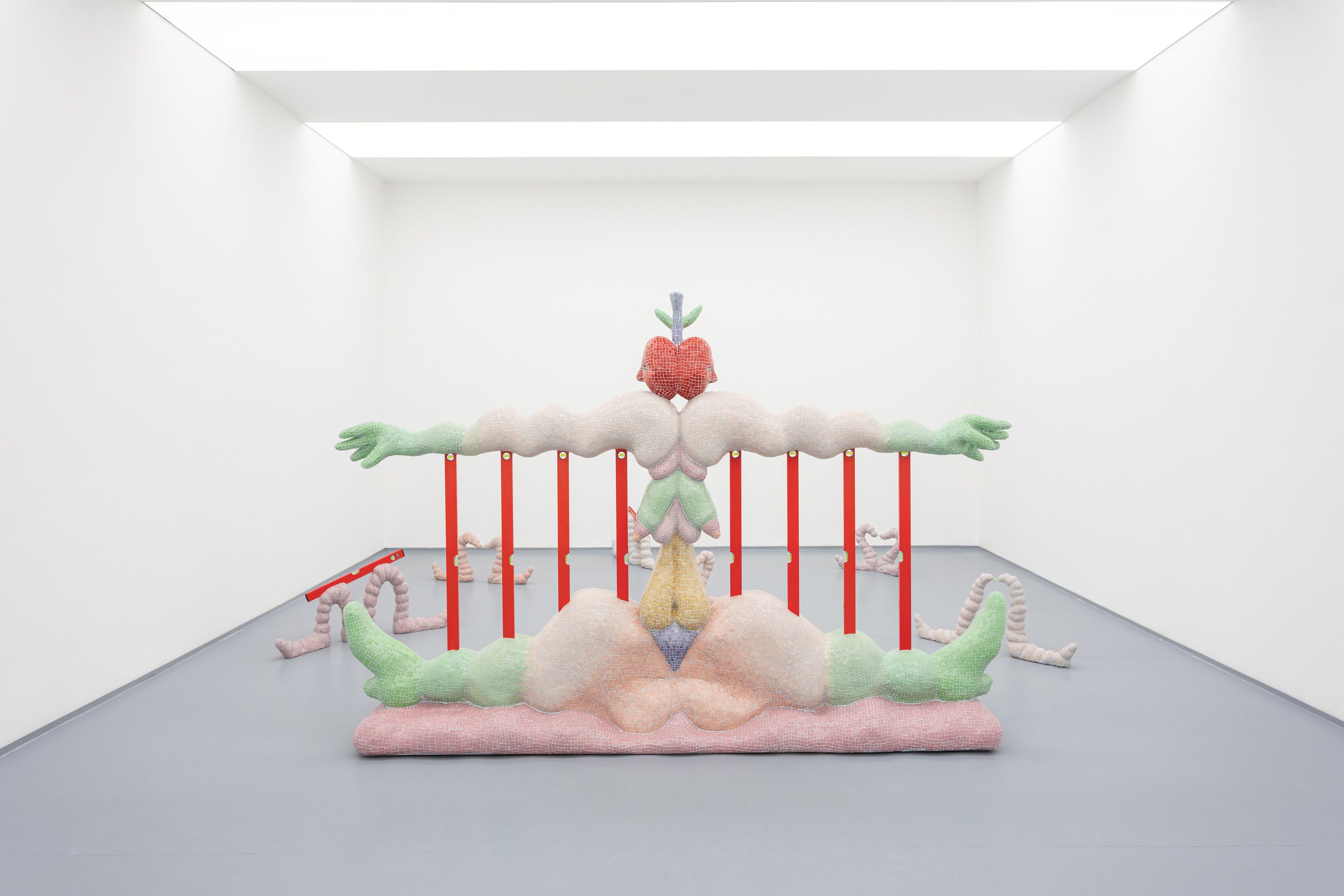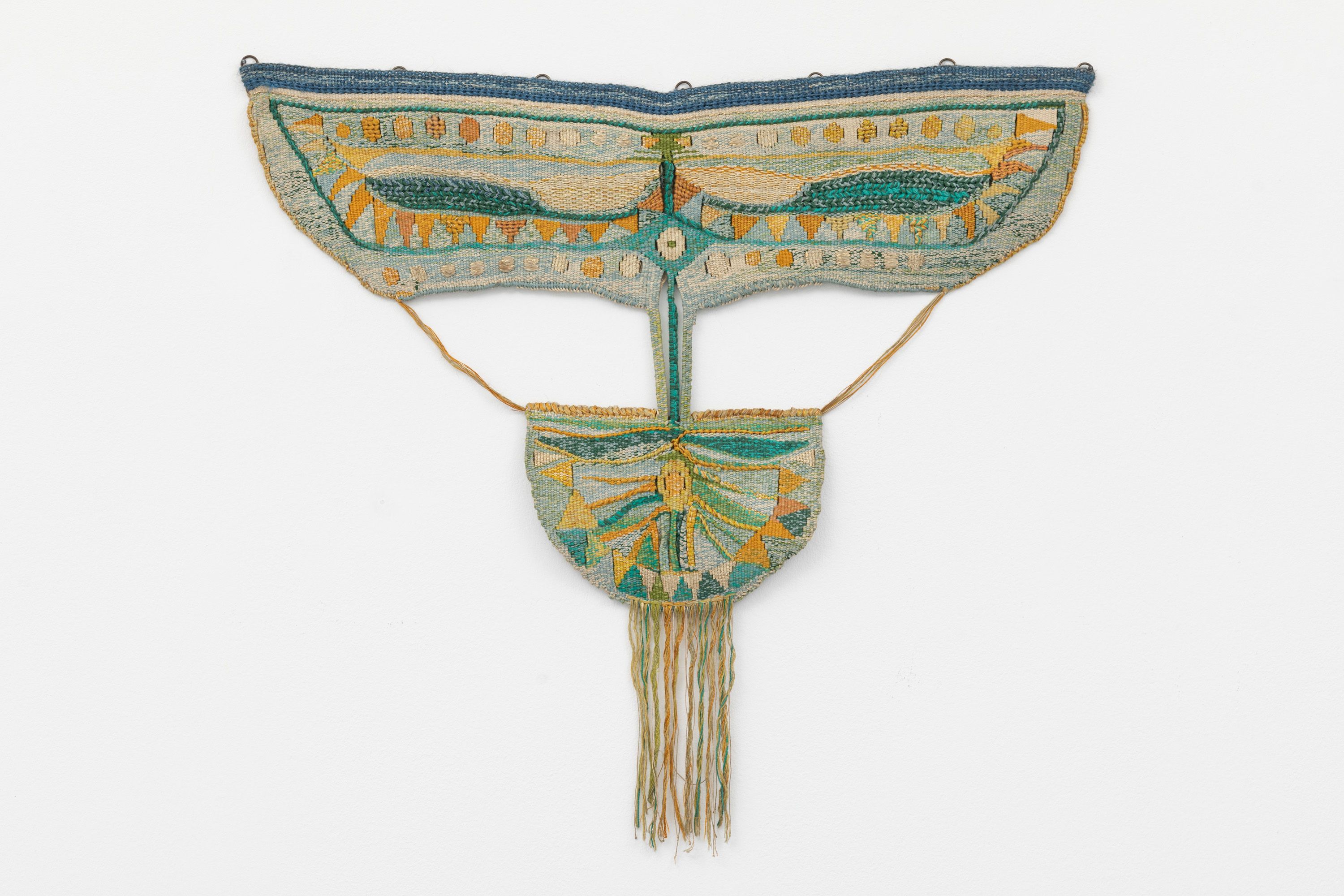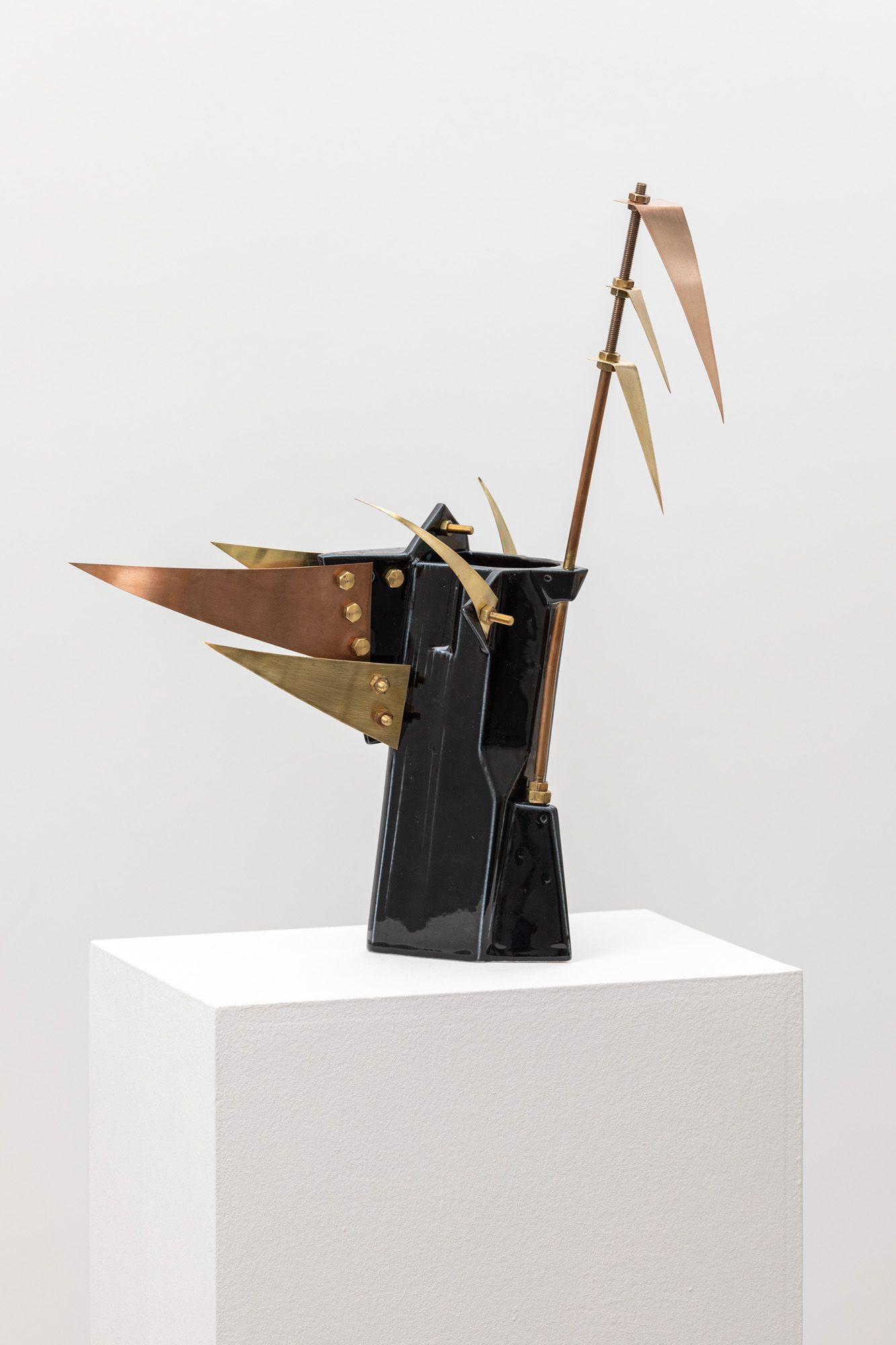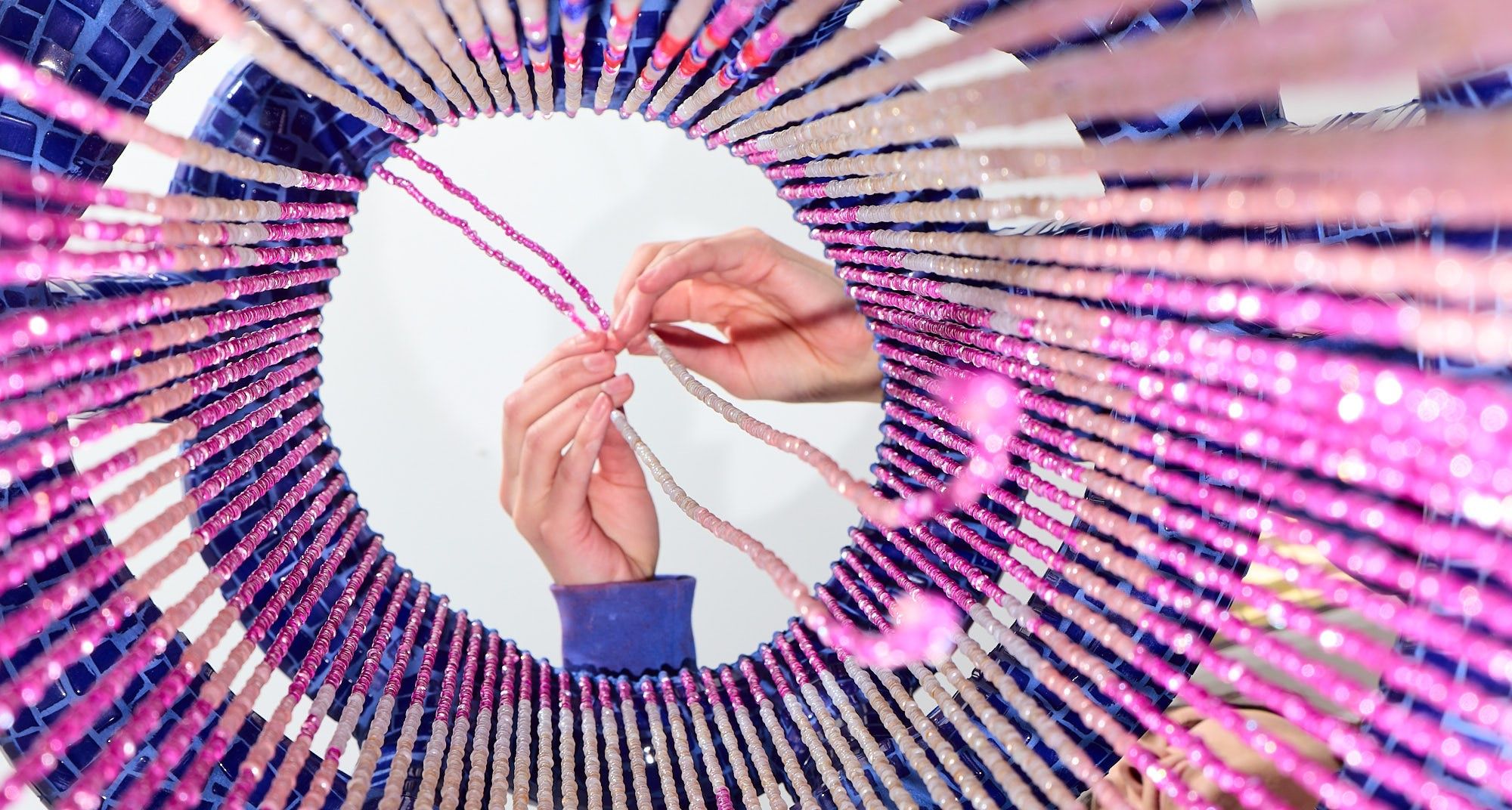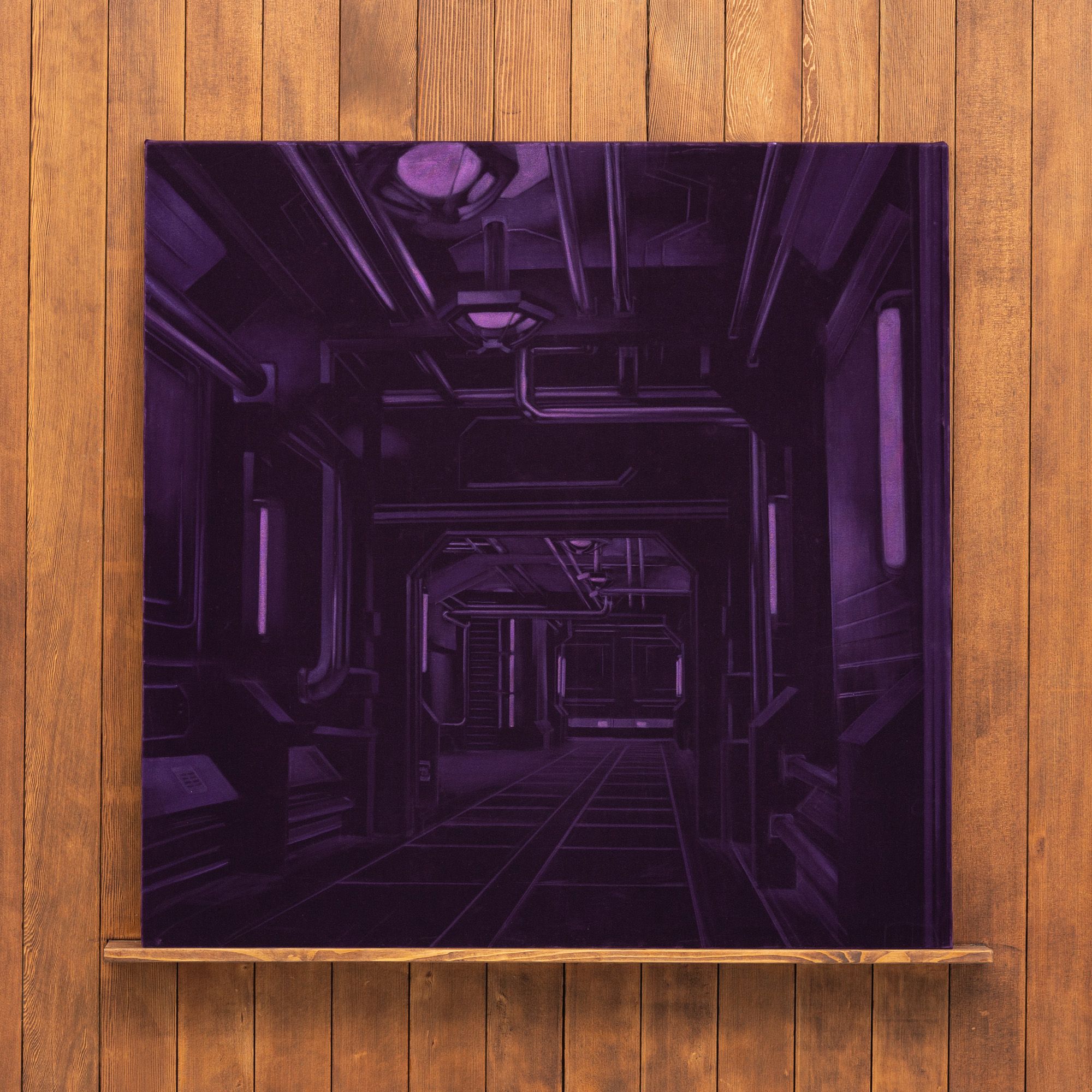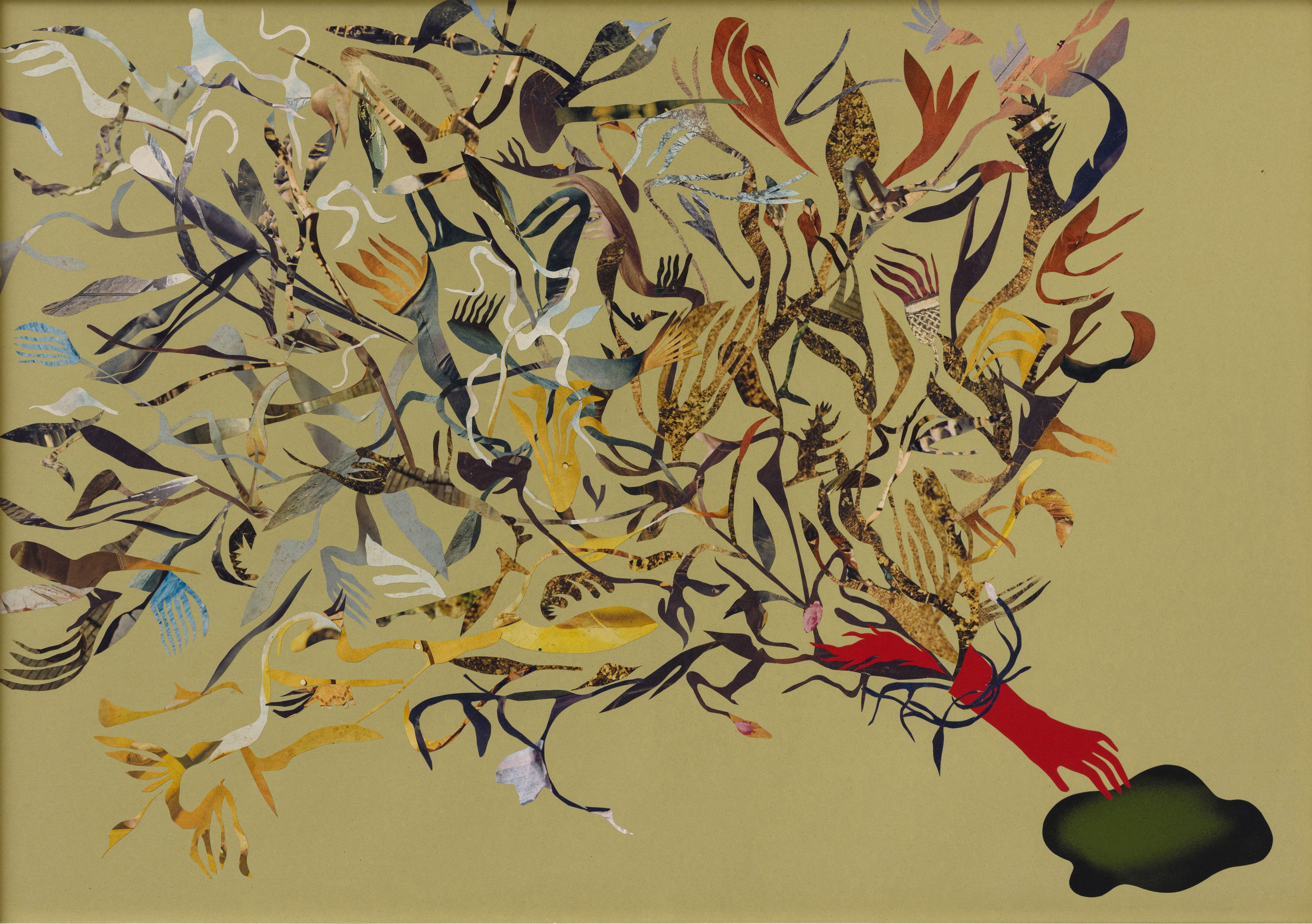Dis/order
| Venue: | acb Gallery |
| Date: | Jan 17 – Feb 21, 2025 |
| Opening: | Jan 16, 2025, 18:00–21:00 |
Description
acb presents a selection of works by three generations of women artists from the Central European region, from the late 1960s to the present day. The concept that allows us to unite these different voices revolves around two main thematic pillars, Order and Disorder, their permeability, artistic potential and transformative power. Both thematic pillars reveal conceptual, experimental practices of women artists who have in one way or another confronted societal frames as well as the boundaries of well-established female roles to focus on their artistic selves, in a variety of media that allows a wide array of visual responses to unfold. This polyphonic exhibition comprises works by Agnes Denes, Katalin Ladik, Zsuzsi Ujj, Margit Szilvitzky, Klára Kuchta, Judit Vida, Ágnes Eperjesi, Hajnalka Tarr, Andrea Éva Győri, Rita Süveges, Zsófia Keresztes, Stella Koleszár, Selma Selman and Fruzsina Kiss, among others.
While conveying a certain sense of order, ratio and harmony, works by Agnes Denes, Margit Szilvitzky, Lujza Gecser, Judit Vida, Rita Süveges, Sári Ember, Zsófia Keresztes and Zsófia Antalka are inhabited by a tension sometimes melancholic or defying, occasionally playful, witty and expectant, that transpires through their smooth appearance and still surface. These works unfold in the medium of textile and fibre art, paper-based works and mosaic sculptures. In her playful technical drawing, pioneer of conceptual environmental art Agnes Denes combines both machine imagery and imaginary wording to describe the mechanisms of human sexuality humorously. Before shifting towards a rigorous, consequent geometric program in the 1970s that concentrated on the planar and spatial potentials of the square through folding canvases, Margit Szilvitzky’s early period comprised organic and colourful, feminine, sensual forms with obvious bodily references. As early as 1968, Lujza Gecser’s interest turned towards abstraction and liberation of the gesture in the medium of textile, so that her dynamic works blur the boundaries between paintings and weaving. Judit Vida’s post-modern object combining porcelain and metal is the epitome of deconstructed ceramic art and floats in space as a hybrid creation between a starship and a planetary system.
Rita Süveges' velvet paintings are based on contrasts and dichotomies; the cold, metallic, alien constructs and fictitious spaces are wrapped in a sensually dark colour and soft velvet surface that questions our fantasies of the future and technology. In recent years, Sári Ember has been exploring the shape of the human face until reaching its universal structure and abstract limits through different media. Yet, her textile faces encapsulate a restless energy of emotional potential and expression that links Order and Disorder. So do Zsófia Keresztes’ organic, uncanny mosaic sculptures in which the transformative tension is generated between soft forms, pastel colours and the stiffness of the mosaic. The glass bead structure of Zsófia Antalka conveys a sense of contained anger and curbed eruption by evoking the volcanic colours of both red hot flowing and black cold dried lava. Works by Katalin Ladik, Klára Kuchta, Zsuzsi Ujj, Ágnes Eperjesi, Hajnalka Tarr, Andrea Éva Győri, Selma Selman, Stella Koleszár and Fruzsina Kiss transcend traditional media, operate with performative dynamics and deal with the female energy and body, its image, intimacy, role stereotypes, transformative energies and nightmares to deconstruct the rigid frame within which society expects women to evolve. The historical (photo)performances of Katalin Ladik, Zsuzsi Ujj, and Klára Kuchta conceived in the 1970s and 1980s challenge beauty, gender identity and behaviour expectations – being silent and feminine – as well as the stereotypical roles – lover, wife, mother – inherent in a woman’s life, but also release a sensual, bodily, instinctive creative power. In this same spirit, the self-performed photograms and chemigrams of Ágnes Eperjesi (1964-), one of the most important representatives of cameraless experimental photography in the 1980s and 1990s, record the vital energy of her moving body. As both the formulation, the cathartic channelling and the strategic visualisation of anxiety, fear, illness, physical pain and despair, the – occasionally performative – drawings, and paintings of Andrea Éva Győri (1983-2022) and Selma Selman (1991-) explore the artists’ conflictual relation to their own body. They focus on their womanhood and the expectations surrounding their femininity by transforming their body as a way to free themselves from coercive societal stereotypes, elaborate a new identity, but also heal and soothe both body and soul. Megan Dominescu’s rug-hooked trashy, childish images and absurd textual content are bleak outlooks on global non-senses and misplaced priorities, as well as on the worldwide spreading of harmful and toxic industrial, environmental, political, social, commercial or consumerist phenomena with sharp irony and dark humour. Stella Koleszár’s collage and cast glass piece also encapsulate the raging fire and tempestuous spirit that is too often silenced, and restrained, both on a societal and a personal level. In recent years, Hajnalka Tarr’s practice embraced ceramics; her compositions reveal a vertiginous complexity and exuberant mosaical structure in which each component logically connects to the other so to form a system. Finally, in her newest paintings, Fruzsina Kiss explores surfaces and layers, confronts textures and blurs the line between photo transfer and painting, as well as the visual perception of the photos she made during her university years and her actual painterly practice.
